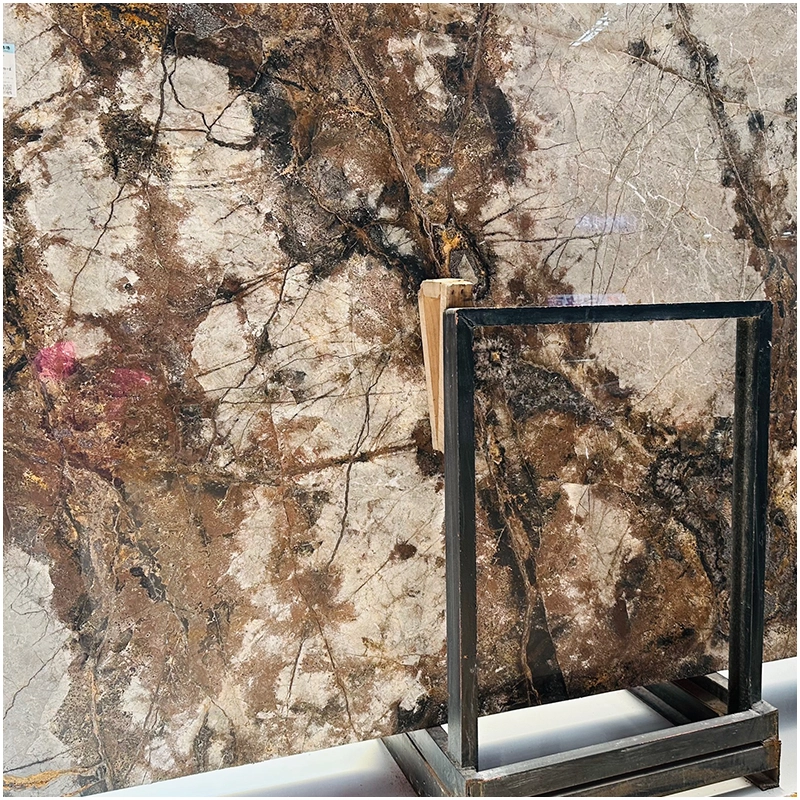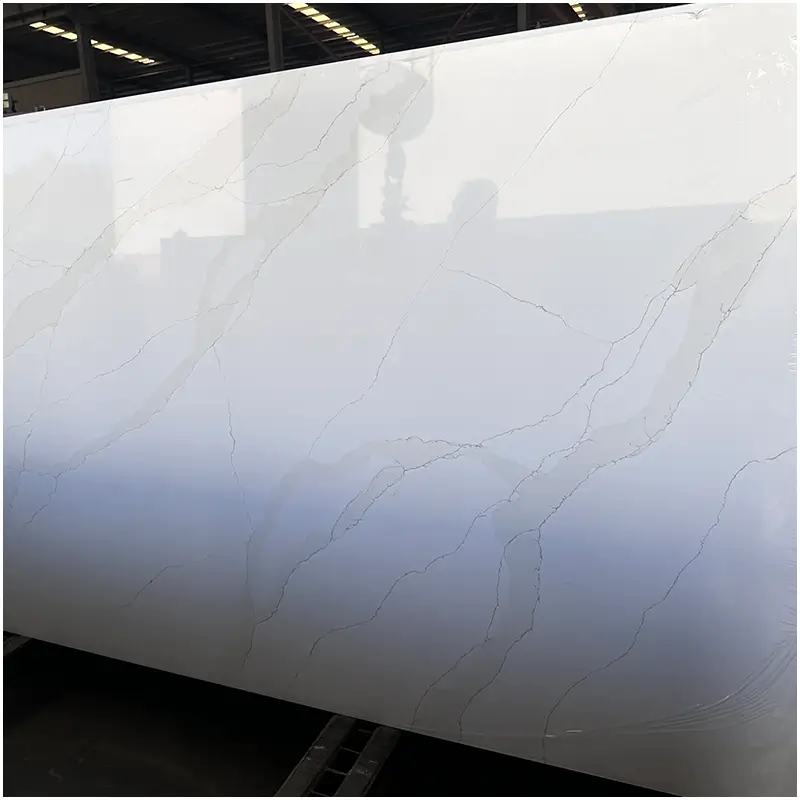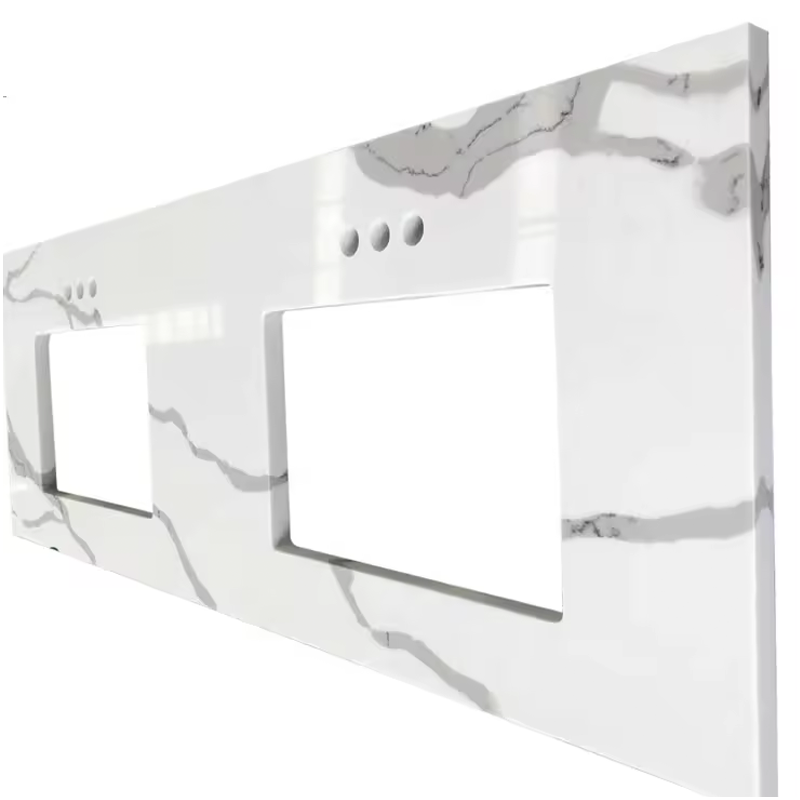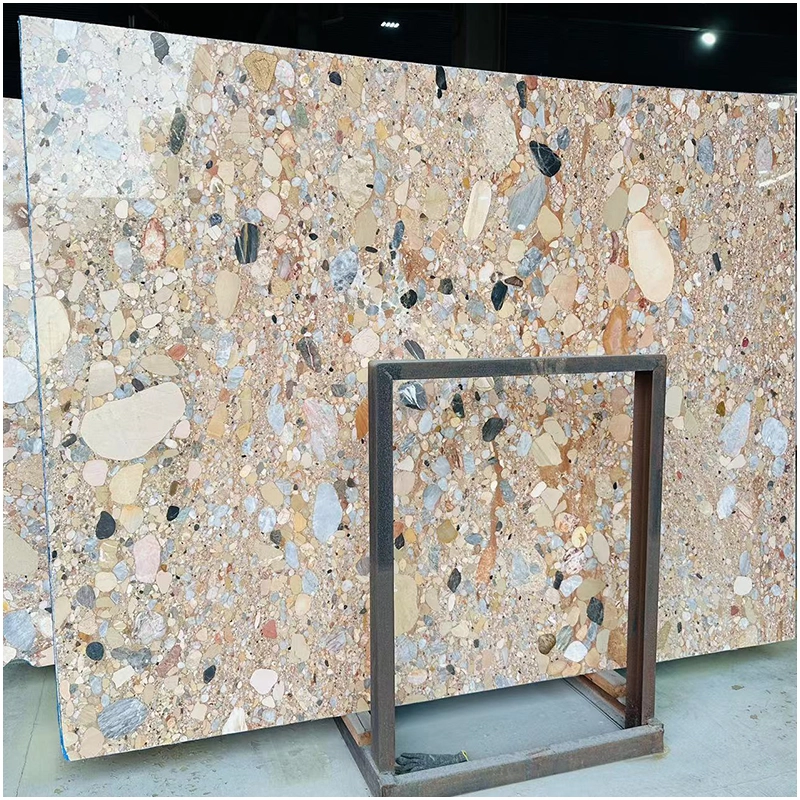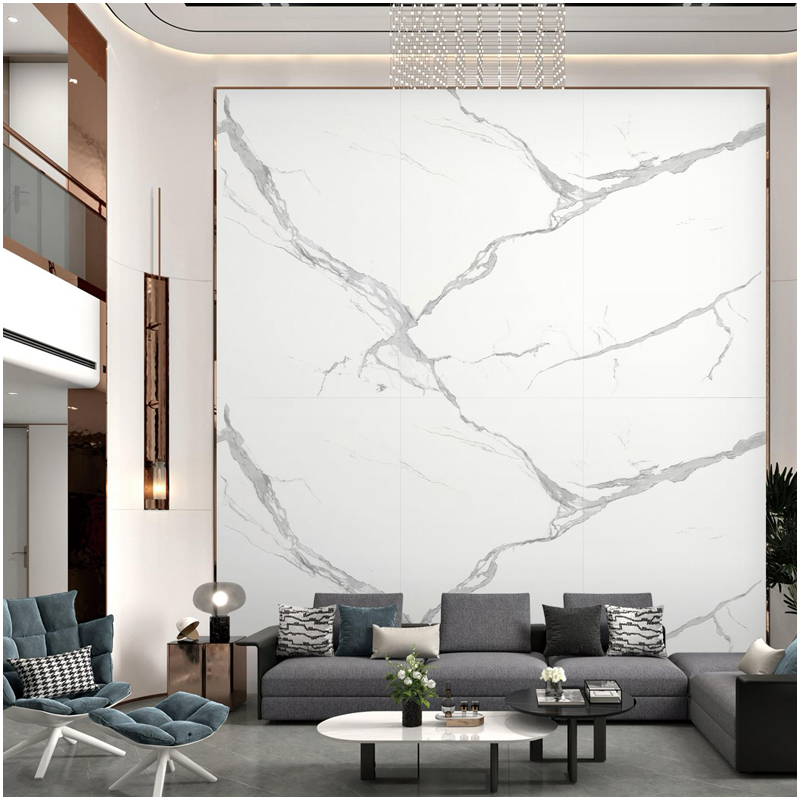The kitchen is the hub of family life and a meeting space for socializing in contemporary house design, not merely for cooking. Apart from improving the cooking experience, a beautiful, useful and strong kitchen may represent the owner’s taste and perspective on life. Regarding kitchen design, floor tile selection is really important. It influences not only the general appearance but also everyday usage convenience as well as upkeep. Two often used Kitchen floor tiles material are marble and quartz, each have special appeal and suitable use.
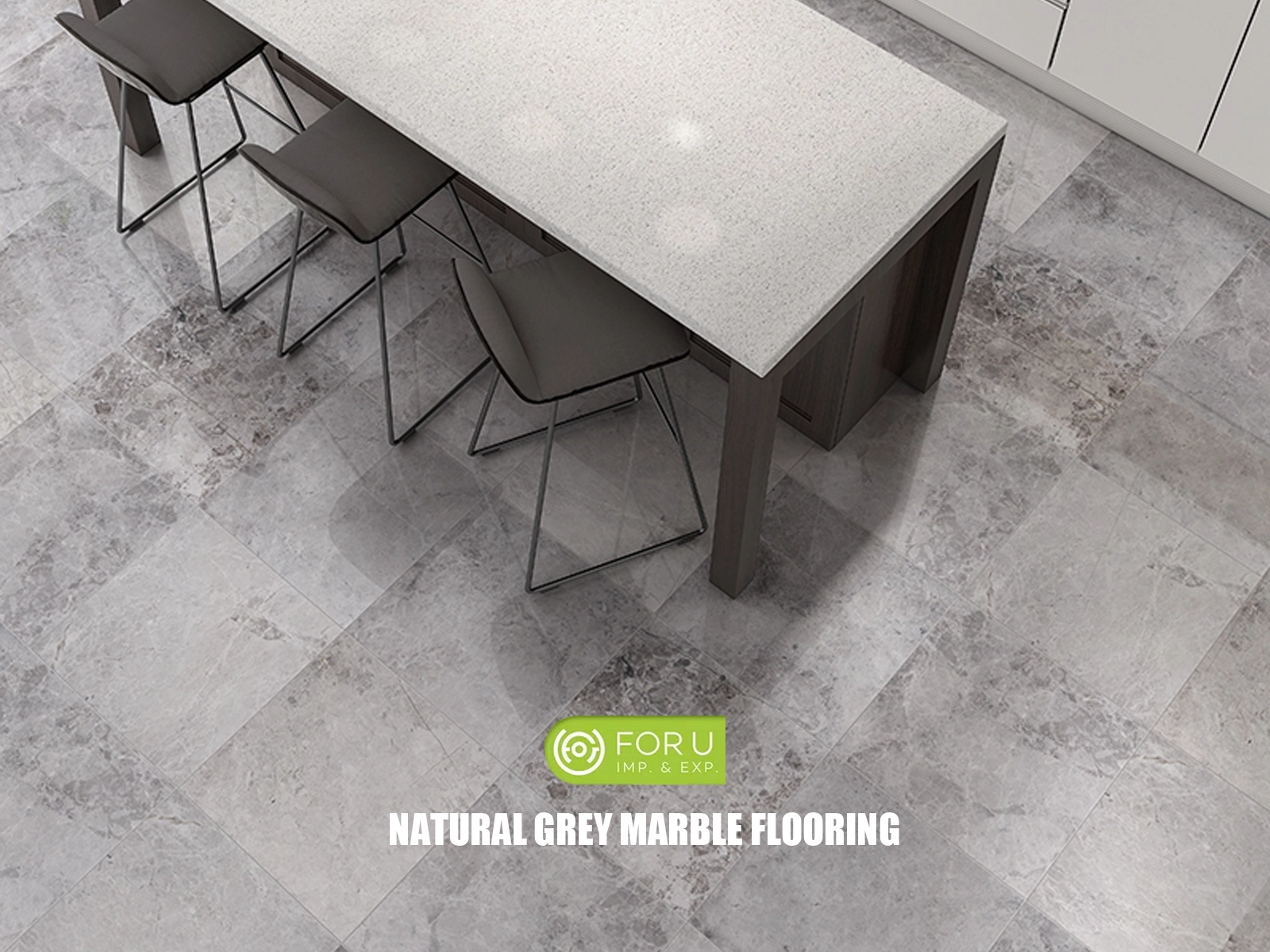
Material property study
With its natural formed majestic look and distinctive feel, marble has been the first option for many house decorations. Marble floor tiles are very fit for placing in high temperature and high humidity surroundings like kitchens as they have a cool touch and delicate texture. From light beige and beige to dark black and gray, Marble offers a range of hues that might accentuate natural luxury in the kitchen. By combining and pressing natural quartz with resin, quartz is a man-made substance instead.
Apart from its color and pattern consistency, quartz can be synthetic mixed to replicate genuine stone, thus fulfilling the many wants of contemporary people for home décor. Quartz’s most salient characteristics are its very high hardness, smooth and thick surface, and difficulty of scratching. This gives quartz great benefits in terms of stain resistance and durability, particularly appropriate for settings like kitchen floor tiles often subjected to oil and water vapor. Marble needs more sensitive maintenance and has a certain hardness as well, but it is more vulnerable to erosion and scratches by acid and alkali compounds than quartz.
stain resistance and durability
In a highly used area like the kitchen, floor tile longevity directly relates to user experience and future maintenance expenses. Marble is a natural stone with a firm hardness; nevertheless, its surface is somewhat soft and readily scraped by knives or heavy items. Marble’s intrinsic porosity also makes it simple for liquids—especially oil stains and condiments—often found in the kitchen to be absorbed. Once these liquids get into the stone, they could induce permanent discoloration or corrosion. Consequently, particular attention should be made to care and protection in everyday usage when deciding on marble as kitchen floor tiles.
By comparison, quartz has notable benefits in stain resistance and durability. Quartz’s thick structure results in nearly non-porous surface that is difficult to absorb water from, and it is not readily damaged by alkali or acid compounds. Moreover, quartz’s great hardness makes it challenging to scratch, and it can keep its long-lasting look even in often used areas like kitchens. Quartz has therefore become a somewhat common option for floor tiles in contemporary kitchen decorating.
Maintenance and Cleansing
Since the kitchen is the area of the house most prone to oil and grime, floor tile care and cleaning are very important. Marble is gorgeous, but it is somewhat difficult to keep and clean. Marble has intrinsic porosity, hence certain stone cleansers must be used while cleaning to prevent corrosion of its surface by components such acids and alkalis in regular cleaners. Simultaneously, frequent glaze sealing is advised to plug the small holes on the surface and stop moisture from entering, therefore extending the lifetime of marble.
On the other hand, maintaining and cleaning quartz is quite easier. With a regular cleanser, oil stains and grime may be readily eliminated as its surface is smooth and thick and not easy to absorb water. Unlike regularly occurring marble, quartz does not need particular care. Its brightness and freshness depend on frequent washing; it need nothing else. Families with a quick pace of contemporary life and little household time will surely find tremendous convenience from this.
Prices and installation
One cannot overlook cost while selecting kitchen floor tiles as it is a major determinant. Marble is a natural stone, hence its mining, processing, and shipping expenses are very significant; thus, the price is typically more costly. Furthermore, the marble installation process calls for expert craftsmen, particularly in vast areas where the process requirements are high; so, the cost is even more increased.
Thanks to artificial synthesis, quartz is quite reasonably priced. Although premium quartz could be similar to certain marble in cost, generally its pricing is still really reasonable. Furthermore, the quartz installation process is really straightforward and does not call for especially complex procedures, therefore some funds may be save on installation fees. Quartz is definitely a more affordable option for those with restricted finances but who want to keep great quality in decorating.
Matching beauty and style
Floor tile selection in home interior design must take into account not only their functionality but also their fit for the general style. Marble may give the kitchen a little of elegance and luxury with its unusual natural texture and rich color variations. Marble’s distinctive texture and color may provide an unrepeatable natural beauty to the area whether it is in a contemporary minimalist or a traditional vintage design.
With its many color and texture choices, quartz may fit several design philosophies. Quartz is manmade, hence it may produce a pattern effect like marble depending on demand and even tailor unusual hues and patterns depending on current trends. This makes quartz not only rather useful but also able to satisfy the many requirements of customers in terms of appearance. Quartz is often exactly matched in contemporary kitchen design with several types of cabinets, counters, and wall materials to provide a functional and fashionable cooking environment.
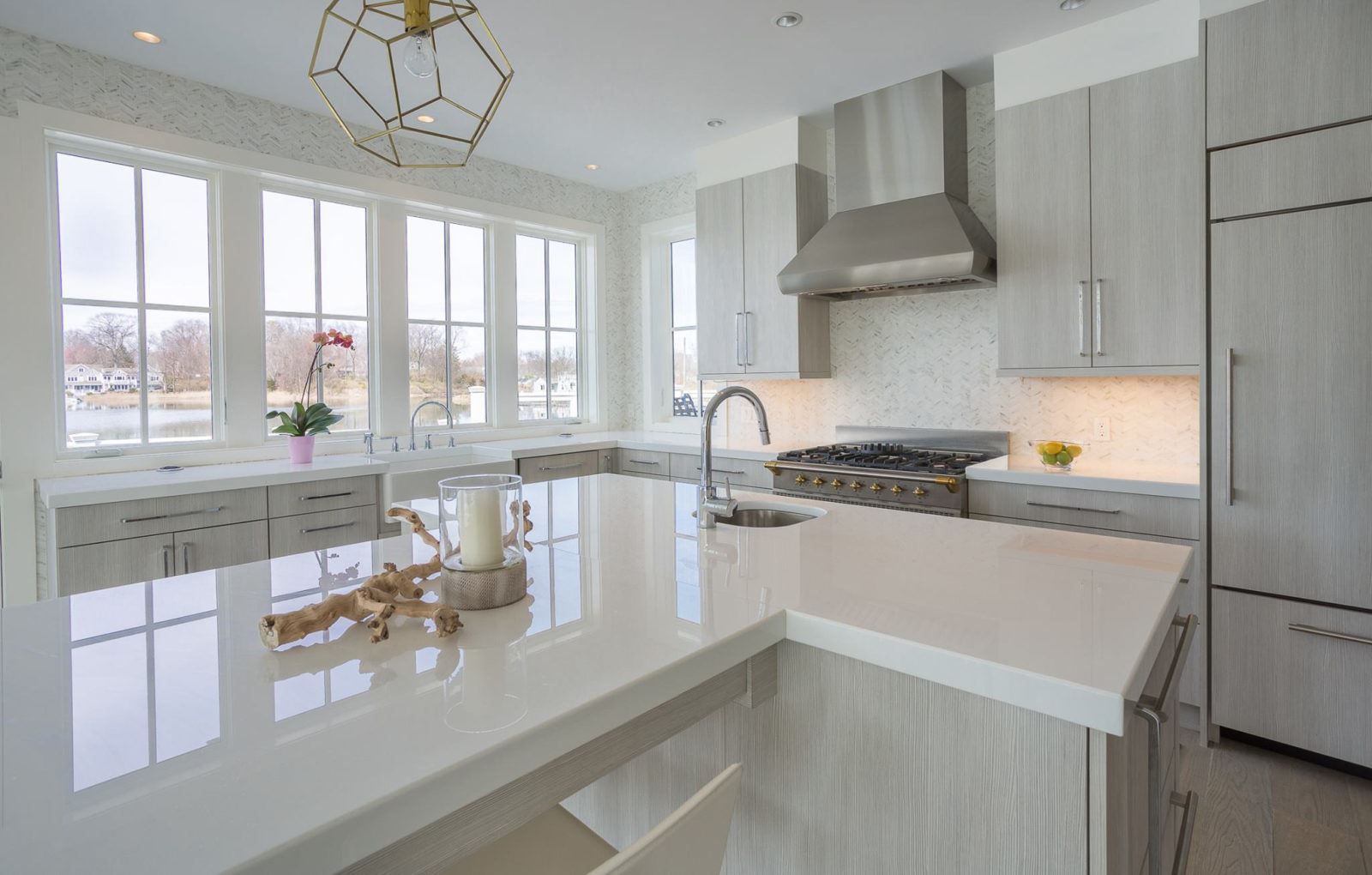
said foru
Marble and quartz have respective benefits and drawbacks when selecting kitchen floor tiles. Marble is very problematic in terms of durability, stain resistance, and maintenance expense; nonetheless, its natural beauty and unusual texture provide the kitchen area richness and elegance. Because of its great durability, low maintenance, and reasonably cost, quartz has grown to be a popular option in contemporary kitchen design. Consumers may choose the two to best fit their family based on personal requirements and financial situation. Whatever the final material, sensible design and expert construction will provide the kitchen area long-term beauty and use. To satisfy your many demands for kitchen floor tiles, the firm foru offers a range of premium quartz products.

